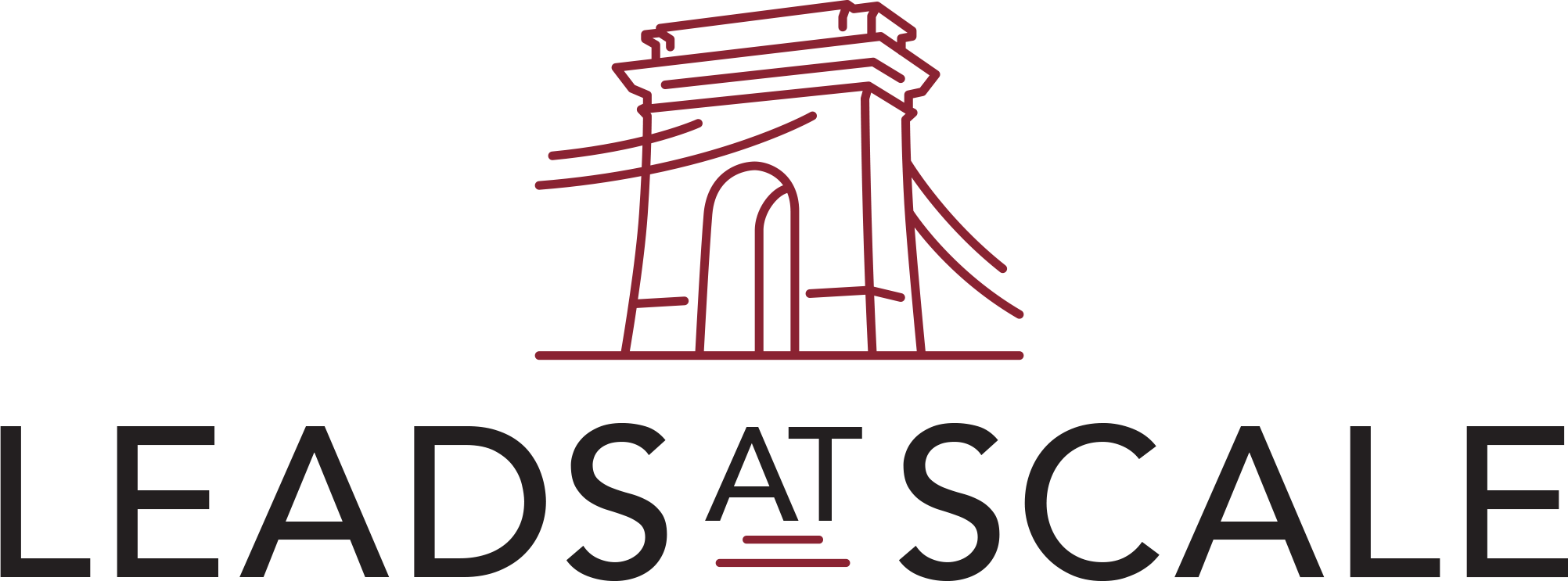If we asked you what the most powerful tool in a salesperson’s toolbox was, what would you say?
Cold calling? Email? Live events?
Actually, studies show that it might just be their current customers! B2B referral programs are extremely powerful. Not only do they shorten the sales cycle and make a prospect more likely to buy, but they’re also more likely to stick around for the long term.
Why Should I Have a B2B Referral Program in Place?
Let’s have a look at the statistics below:
- B2B companies with referrals experience a 70% higher conversion rate
- Referred customers’ lifetime value (LTV) is 16% higher than that of non-referred customers
- Referral leads have a 30% higher conversion rate than leads from any other channel
- Referrals account for 65% of companies’ new deals.
If you have been thinking of implementing a formal B2B referral program for your sales team, don’t wait! It might be one of the best things you can possibly do for your B2B lead generation and customer retention.
But how do you begin building an effective B2B referral program? What are some B2B referral program best practices you need to know before you begin?
In this blog, we’ll cover all that and more. So, read on!

How to Set Up Your B2B Referral Program
Let’s look at the process of creating the best B2B referral program, step-by-step:
Look for Ways to Improve Your Customer Service
The very first thing you should do before beginning a customer referral plan is to take a good, hard look at your current customer service practices.
The only way that clients and customers are going to go out of their way to refer your business to a friend or colleague is if they have had a superb experience with your company. And this starts with customer service.
Do an internal audit (working with your customer relations team) on what B2B customer satisfaction currently looks like and ways you can improve upon it. Even if this requires a little investment upfront in the form of new referral software, more representatives, etc., it will likely pay dividends in helping drive your B2B referral marketing program.
Set Your Goals
Once you’re sure that your customer service is top-notch, begin to set your goals for your referral program.
Do you want to generate just a few leads per month? Or are you looking for referrals to drive the majority of your business? Outlining key metrics and goals for your program will give a clear idea of the work that’s going to be required to implement it and what resources you may need.
Determine What Makes a Great Client
Next, you’ll need to look at your current client or customer base and identify what makes a great client.
If you’re going after referrals, it’s important to note that you don’t want to be referred to just anyone. In order for your program to work, customers need to be recommending your business to the right type of people. After all, getting a bunch of referrals from clients who aren’t a great fit for your business not only drains resources but can also damage current client relationships.
In order to avoid this, note a few things that you are looking for in clients. This could be:
- Current company size
- Budget
- Industry
- Demeanor
- Contract length requirements
You’ll need to be able to communicate this list to the clients you get in touch with when asking for referrals, so make it as clear as possible. We will dive into how to make the ask a little further down in this article.

Create Engaging CTA
Your call-to-action (CTA) is the spark that ignites your B2B referral program. A persuasive and well-placed CTA can turn a passive website visitor into an active participant. This is where creativity meets strategy.
For instance, rather than a simple ”Refer us!” button, you might consider something more engaging like ”Earn rewards by joining our referral program” or ”Help us grow – introduce us to your network!”. These CTAs highlight the benefits for your customer but also drive home the sense of contributing to a shared goal.
Yet having an enticing CTA isn’t enough. Visibility matters too. Make sure it’s prominently displayed across all platforms – be it email newsletters, product pages, social media posts, or even invoices. Short and catchy trumps long and descriptive when it comes to CTA copy, so keep it concise.
According to HubSpot research, personalized CTAs perform 202% better than basic ones. Be sure to capitalize on this by incorporating as much personalization as possible in your CTAs.
Curate a Clear B2B Referral Program Message
Sometimes, ensuring your customers clearly understand your referral program is half the battle won. A clear message can work wonders in inspiring them to refer their peers. Remember that confusion stifles action. Keep the explanation about your referral program as simple and jargon-free as possible.
When crafting this message, always answer these key questions that might linger in the minds of potential participants: What’s in it for me? How does this work? Who could benefit from this service? The more transparent and forthright you are with information, the easier for customers to make a well-informed decision.
Here are some tips for curating a compelling message:
- Highlight the benefits: Make sure it’s evident what they’ll gain from referring a friend – like special discounts or exclusive services.
- Simplify the steps: Clearly outline how easy it is for users to participate. It could be just by sharing a link or registering on an app.
- Appeal to emotions: Sharing stories about successful referrals could induce goodwill and trust among potential participants.
- Invite feedback: Encouraging suggestions and objections could turn apprehensive onlookers into enthusiastic partakers!
Furthermore, take this opportunity to fortify your relationship with your customers by making them feel valued. That process can involve emphasizing how their referrals reflect their trust in your services and that each one fuels your company’s growth. Whether or not they opt to participate in the referral program, such a message could deepen their emotional connection with your brand and enhance loyalty. After all, everyone loves to be part of a success story.
Create a Simple Lead Form
In the quest to generate qualified leads through your B2B referral program, use this golden rule – keep it simple! Your happy customers would be more than willing to refer their contacts. But if doing so feels like a full-time job, they might think twice.
The key is to design an intuitive, easy-to-use lead form that collects only the vital information needed. You don’t want your excited referrers wading through endless fields when all you truly need are just a few details like name and contact information.
Designing a clear and concise lead form is paramount in striking a balance between collecting essential data without frustrating prospective referrers. You should also make this form available on multiple platforms. Think website landing pages or social media channels and wherever your customers spend most of their time digitally.
Personalize the Referral Experience
Catering to your customer’s individuality strengthens their connection with your brand and nudges them to promote it. Personalization can play a huge role in convincing them to actively participate in your referral program. Follow these steps to deliver an unmatched referral experience:
Step 1: Tailor the Ask
Craft individualized emails or messages when asking for referrals. Use your customer’s name, cite previous engagements, or mention how they’ve benefited from your services.
Step 2: Customize the CTA
A personalized CTA resonates better than a generic one. Say ‘John, Help Us Grow!’ rather than ‘Help Us Grow!’. This simple touch creates a sense of partnership and shared success.
Step 3: Design Special Rewards
Offer customized rewards based on your knowledge of each referer – interests, preferences, or past behaviors. For instance, if they’ve shown interest in your premium services, consider giving them free access for three months.
Step 4: Exemplify Appreciation
A person loves when their efforts are acknowledged. As such, you might thank every participant personally for their effort to assist in growing your business. If possible, mention how their referral has made a difference.
Giving attention to detail and demonstrating genuine care for your customers’ experiences will influence their decision to become part of the initiative and stay active participants in promoting it over time.
Create FAQs
Crafting a Frequently Asked Questions (FAQs) section is also great help. It eliminates any hurdles on the path toward a successful B2B referral program. From simplifying terms and conditions to covering every minor detail, FAQs offer clarity to customers, leaving no room for ambiguity.
Here’s an example of how you can frame these questions:
Q: How can I refer a business?
A: It’s easy and quick! Simply fill out our referral form with your details and your referral’s information. Once submitted, we’ll take it from there.
Q: When will I receive my referral rewards?
A: Once the referred client signs up for our services, we’ll process your reward within two weeks.
Q: Are there any limits on referrals?
A: No limits at all! You can refer as many businesses as you like and earn rewards for each successful conversion.
The aim of this section should not be solely limited to answering common queries but also provide reasons why they should get involved in the program in the first place. A detailed FAQ page built with some thought can serve as an important resource that guides customers through their participation journey.
In addition to answering the most common questions, don’t shy away from addressing potential obstacles that might discourage customers from referring. For instance, explain how you protect their privacy and their referrals’ information. Or specify if there’s a cap on rewards earned. You could also share the average time it takes for a referral to result in a reward. The more transparent and informative your FAQ section is, the more confident your customers will feel about participating in your B2B referral program.

Automate Referral Program Using B2B Referral Software
Technology has indeed made our lives easier, and implementing your B2B referral program is no exception. Though manual tracking of such a program can work, it hardly scales with growth. Use automation to truly maximize the reach and efficiency of your referral initiatives.
Select a robust referral software that fits your business needs. Good software should provide features like customizable reward structures, quick sharing options, and simplified lead tracking for both you and the referrer. This allows participants to check on their referrals’ status, boosting transparency in the process.
Imagine this: Alex refers his friend Sarah using his unique referral code generated by an automated platform. When Sarah signs up using this code, the software instantly recognizes it was Alex who referred her. Both are notified, Alex gets his reward seamlessly, and you gain a new customer.
Automating your B2B referral program streamlines all operational aspects, from capturing lead information to rewarding successful referrals. It leaves no room for manual errors or oversights. The bottom line? Accurate tracking = happy customers = successful referrals. And the wheels keep turning.
Look at Your Current List of Happy Customers and Identify Potential Referral Sources
This next step should be pretty easy considering you now know what makes a great customer! Birds of a feather normally flock together, so it’s likely that your current customers with whom you have great relationships know others who might fit your ideal customer profile.
Make a list of your best customers. Look back at your interactions with them and review their activity with your business. Make sure you are fully aware of where each relationship stands before moving on to the next step:
Create Incentives
Decide what you’ll offer your current clients or customers in exchange for a referral. Sometimes, this isn’t even required! Happy customers are normally more than willing to recommend you to their contacts if they’ve had a good experience with you. You can skip this step if you believe that’s the case with your clients.
However, it’s never a bad idea to offer an incentive if you think it will be highly beneficial for the client. You can give discounts, extra services, swag, or really anything that makes sense for your business— use your creativity.
Have your potential incentive in mind when you are ready to take the next step: making the actual ask to your customers.
Make the Ask
When you’re ready to reach out to your list of great customers (that you made in the step above) include the following information in your email or conversation:
- Some way in which you’ve added value for this particular customer
- What you’re looking for in future clients
- That you’re launching a referral program, and
- Your incentive (if applicable)
Conclude your ask by thanking your client and asking them to simply keep this information in mind for the future. Or, if they seem interested, ask them if they know anyone who could benefit from your company’s expertise.
Looking for More Ways to Generate Quality B2B Leads?
If you are looking for more ways to fill your pipeline with qualified, quality leads, check out Leads at Scale. Our professional team of outbound sales professionals can help you reach thousands of prospects each month, adding business to your pipeline and freeing up time for your sales team to focus on closing new business and generating referrals.
Schedule a free demo here to learn more.



